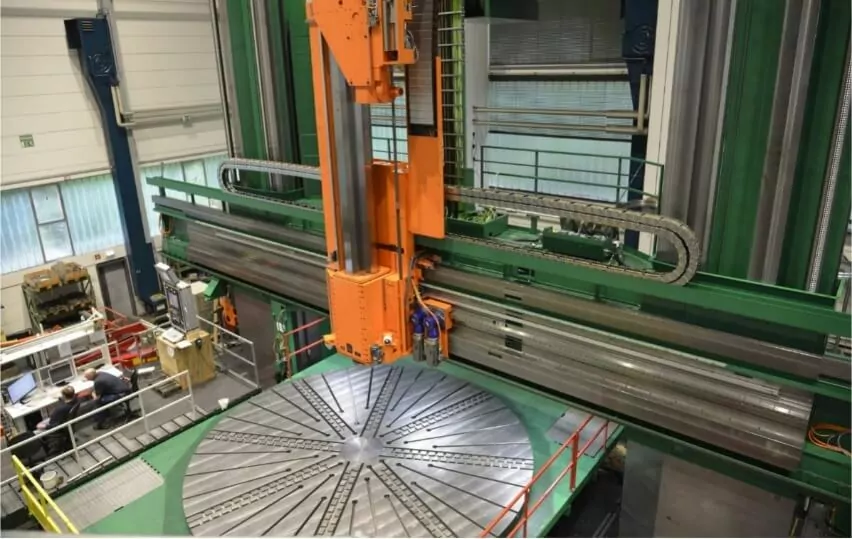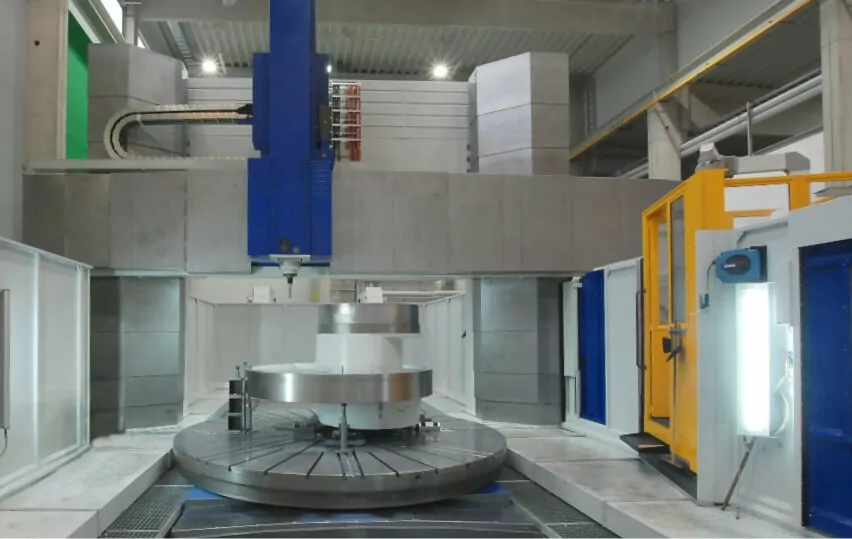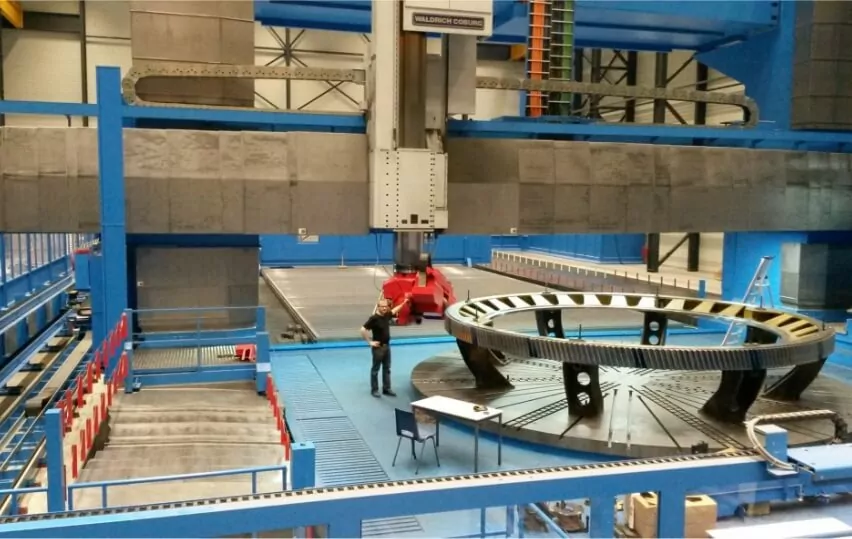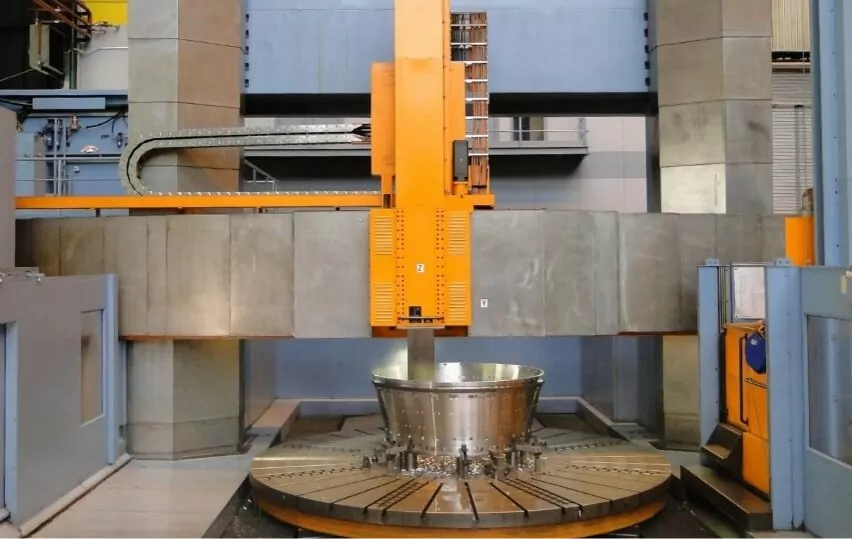Kingsbury: Your Partner for More Than Just Machines
Our vertical lathes have a wide range of configuration options that allow them to adapt precisely to your requirements, ensuring that your cost-per-part is minimised.
But: Kingsbury isn’t just a machine supplier; we’re your engineering partner. We equip your large machines with the wider process improvements they need to perform, last, and deliver results, all while uncovering the hidden potential for growth.
Trusted by leading manufacturers, we go beyond what others offer, providing unmatched performance and expertise to fuel your success. Choose Kingsbury and experience engineering excellence with our Large Parts Machining team. With us, it’s not just a purchase; it’s a partnership for long-term success.



